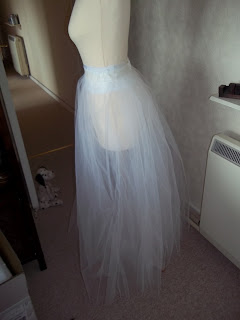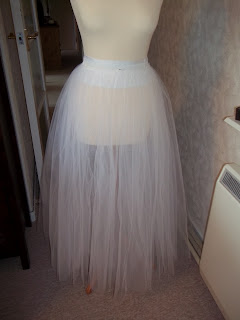First performed at Sadlers Wells London in 1995 it was given mixed reviews from audiences some deeming it the gay swan lake. The reason being is that all the swans are male not female like tradition.
Our tutor told us all to keep this in mind throughout it and whether or not we feel that it is going in that directing.
Discussion:
- Relationship between swans symbolic not romantic. The prince wants freedom from his repressive lifestyle and the swan represents that.
- Black swan: this part slightly annoyed me, some people didn't agree but i thought that there was a slight gay reference that was put in that didn't go with the rest of the story and i feel that Matthew Bourne ( even though said he didn't in a previous documentary) put that in to maybe create controversy around the piece gaining well publicised attention. I did not have an issue with it however if he were going to put in a romantic connection between them he should have carried it through the whole ballet.
- Is it ballet or not: As Matthew bourne has suggested they just dance which is the only explanation that can be given. They didn't have ballet shoes on, and the costumes weren't tutus but there was still a feel of ballet within it wit the addition of contemporary. It worked well as a piece of dance and the storyline though could be up to the audience interpretation was easy to understand.
- Theatrical
- Costumes were brilliant the male swans costume moved well with the dancers and created a very masculine feel to the swans, quite a contrast to the female swans who are very pretty dainty creatures. These ones are dangerous.
- Womens roles were not nice, cold hearted mother and a cheap,lower class, footballers wife style character for a girlfriend. Complete opposite of the norm in ballet where the women play syilphs and princesses and have the men lift them. The men are the main part in this ballet.







































